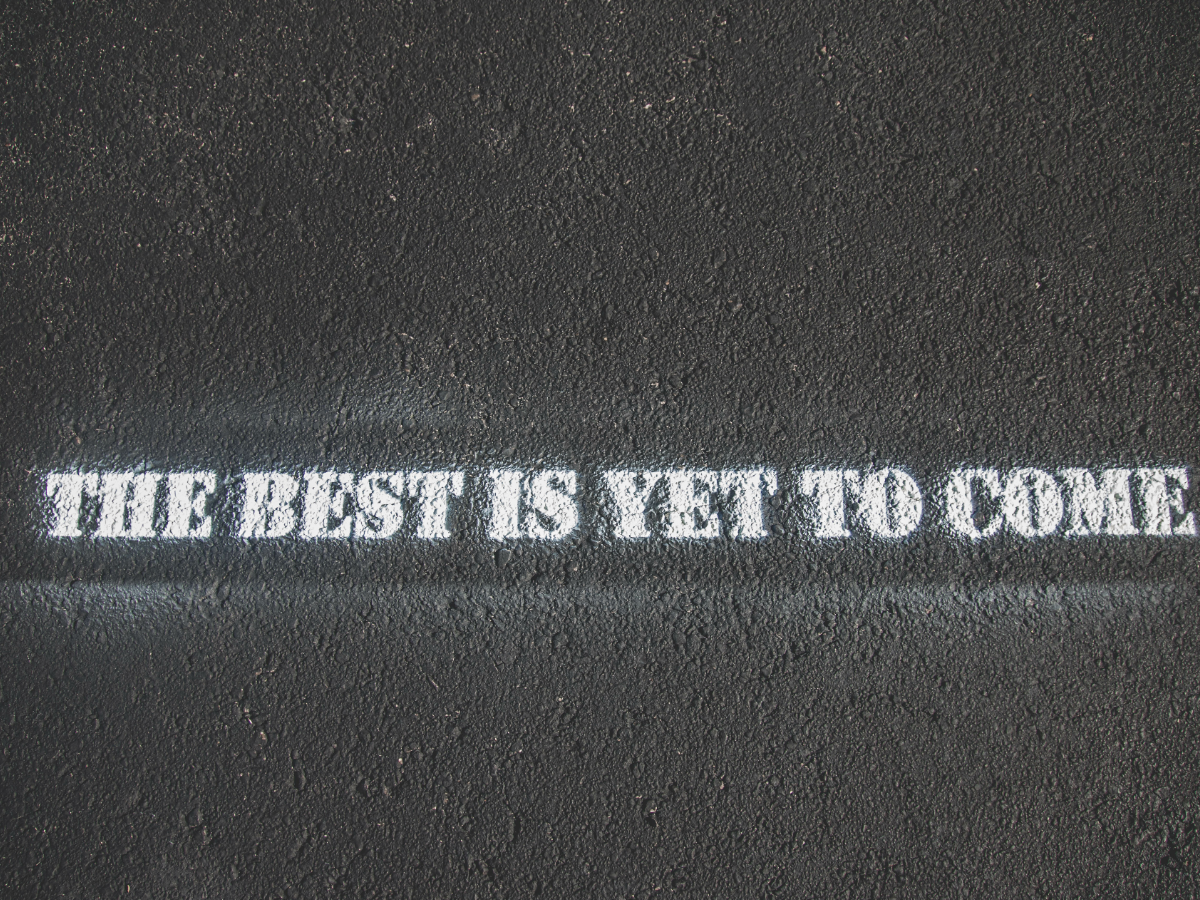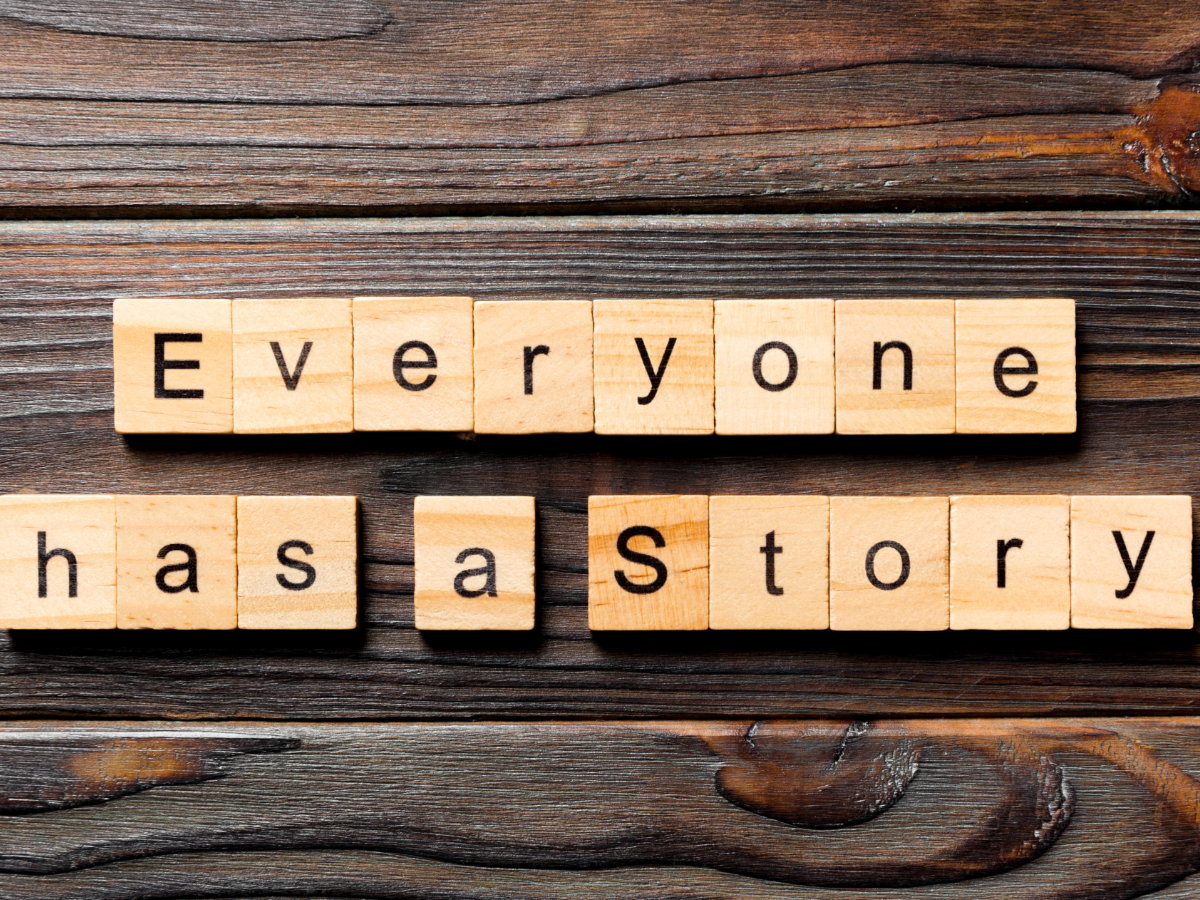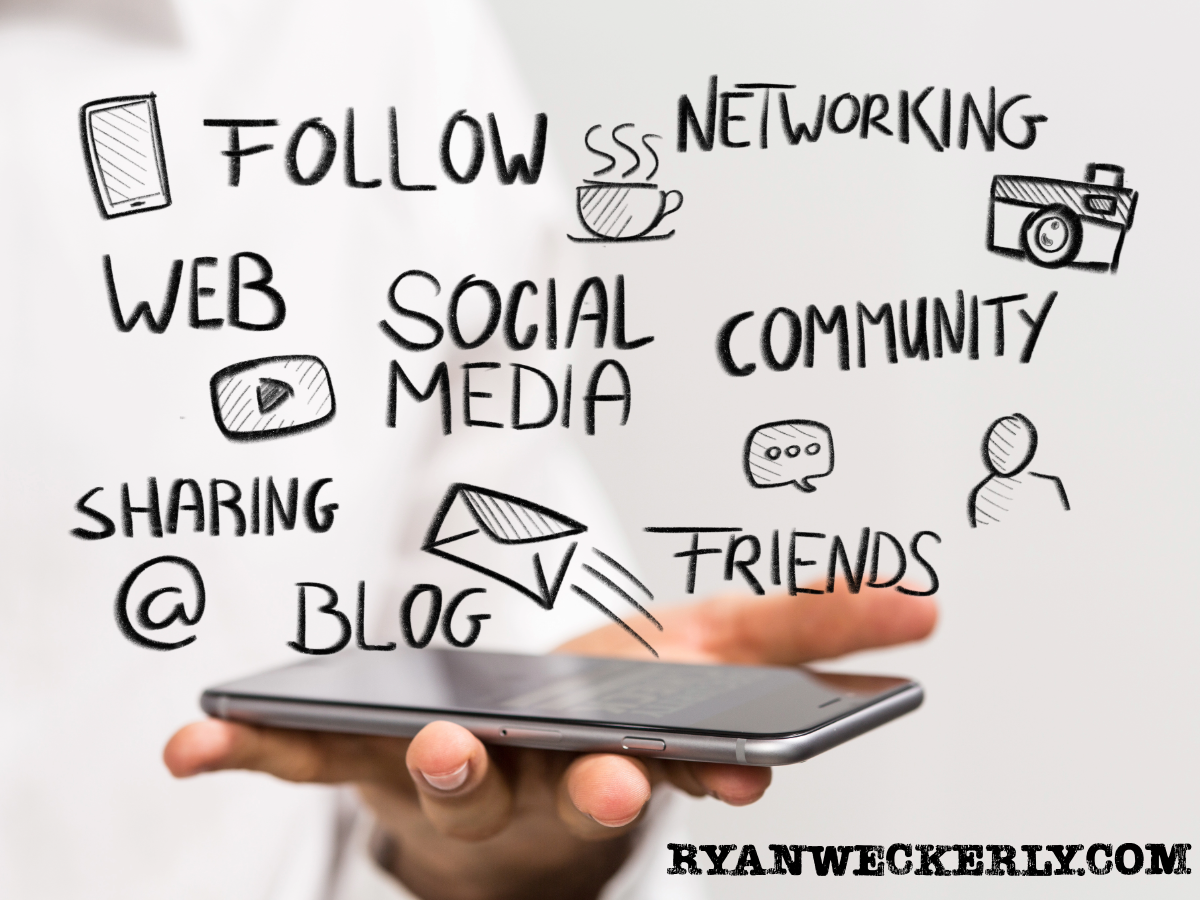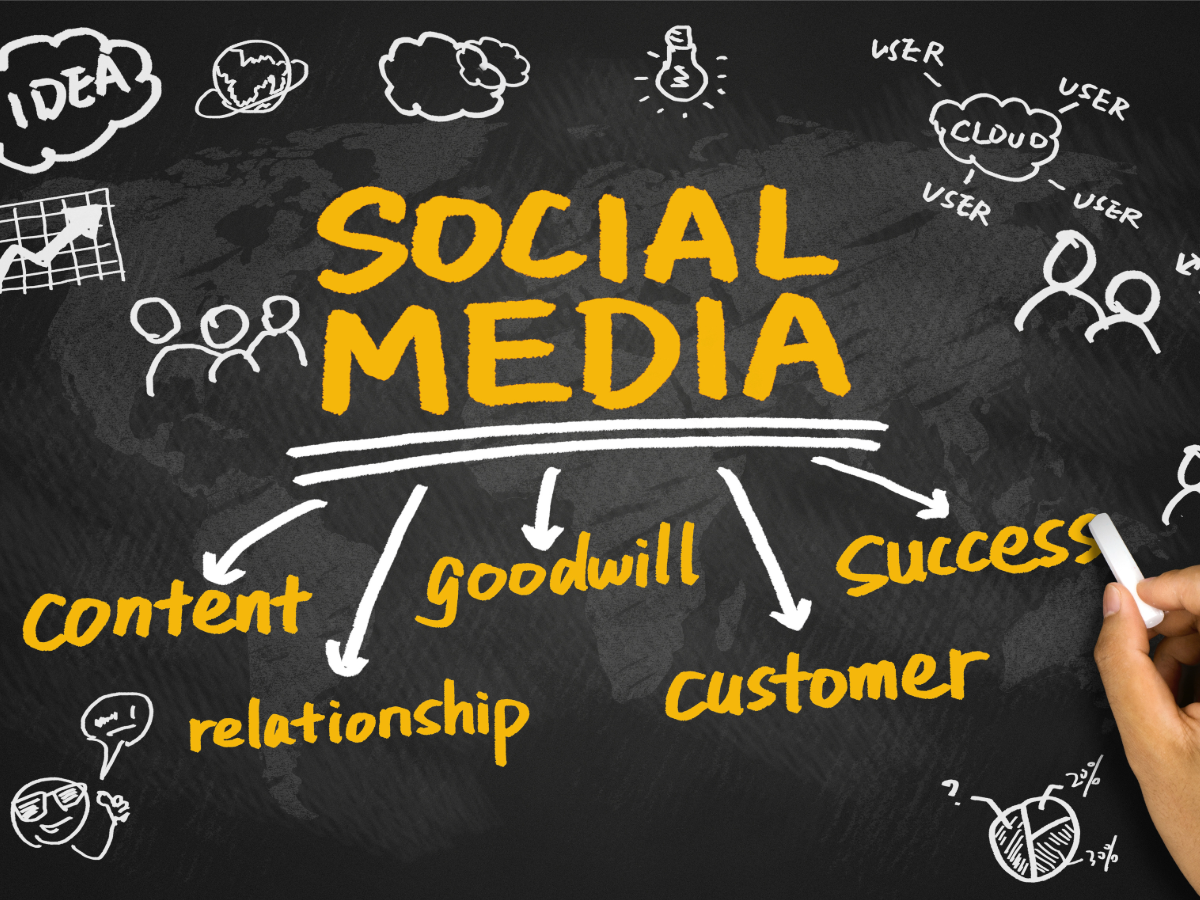The other day, I was having lunch with a friend, an interesting question came up: “Is my marketing for my small business working?” It’s a great question and one that many small business owners grapple with. However, one meeting alone can’t provide a definitive answer. To get a clearer picture, I asked the him five key questions. These questions help determine whether their marketing efforts are on track and delivering results.
- What are your marketing goals?
First things first, we need to know what success looks like for your business. Are you aiming to increase brand awareness, generate leads, boost sales, or perhaps improve customer retention? Clear, specific goals provide a benchmark to measure your marketing performance against. Without these, it’s challenging to determine if your marketing is effective.
- Who is your target audience?
Knowing your target audience is crucial. If your marketing efforts aren’t reaching the right people, they’re not going to be effective. We discussed who their ideal customers are, their demographics, interests, and pain points. Understanding your audience helps tailor your marketing messages and channels to where they will be most impactful.
- How are you tracking your marketing efforts?
Tracking is key to understanding what works and what doesn’t. I asked what tools and metrics they’re using to monitor their marketing activities. Are they using Google Analytics, social media insights, email marketing reports, or customer feedback? Having robust tracking mechanisms in place allows you to analyze data and make informed decisions.
- What is your current marketing mix?
We then delved into their marketing mix—the combination of channels and tactics they’re using. Are they focusing on social media, email marketing, content marketing, SEO, PPC, or a mix of these? It’s important to have a balanced approach and diversify your marketing efforts. Relying too heavily on one channel can be risky.
- What are your results so far?
Finally, we looked at the results they’ve seen so far. This includes both quantitative data like website traffic, conversion rates, and sales figures, and qualitative data like customer feedback and engagement. We compared these results to their initial goals to gauge how well their marketing is performing.
By the end of our discussion, we had a much clearer picture of where they stood. While we didn’t have a definitive answer right away, these questions laid the groundwork for ongoing analysis and improvement. Marketing is an ongoing process, and it’s essential to continuously monitor and adjust your strategies to ensure they remain effective.
So, if you’re wondering whether your marketing is working, start by asking yourself these five questions. They’ll help you identify strengths, uncover weaknesses, and ultimately, refine your approach to achieve your business goals.











